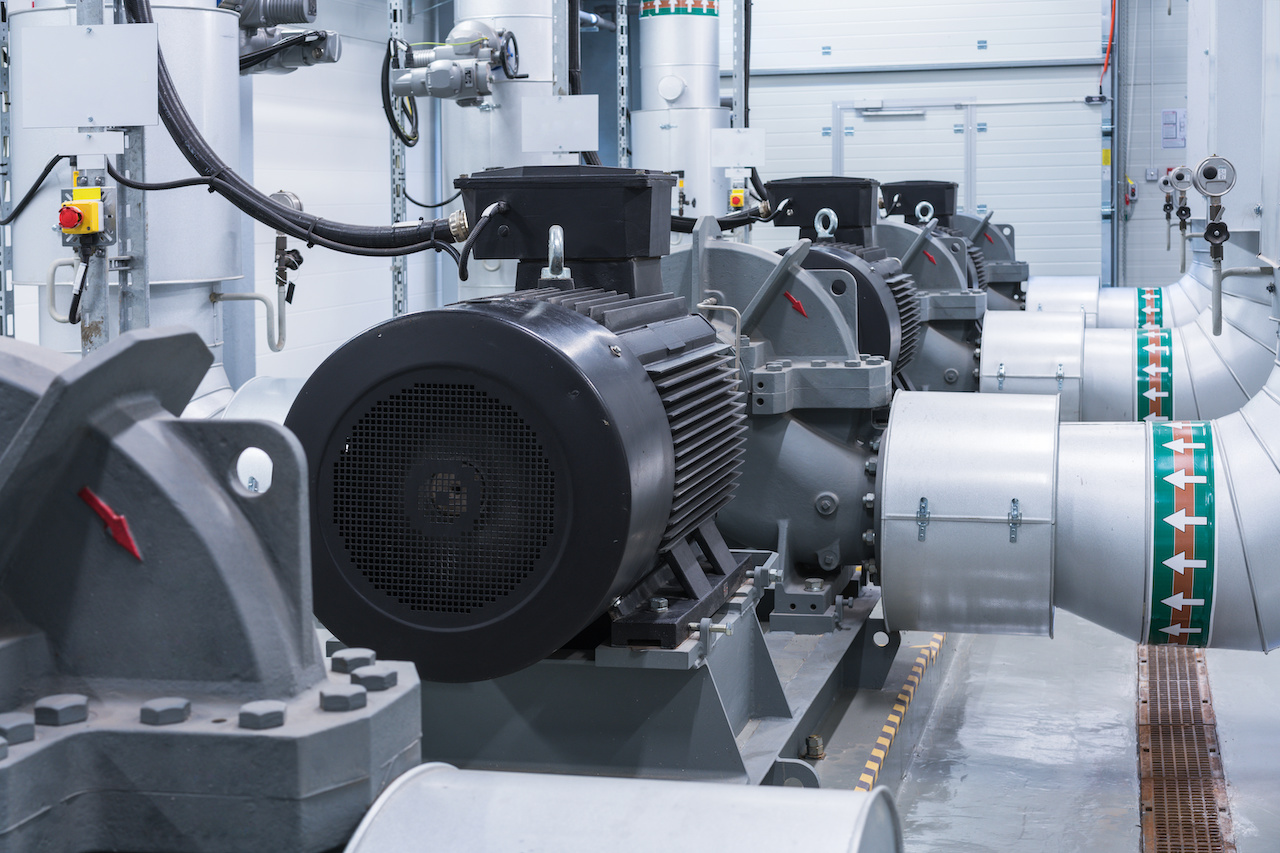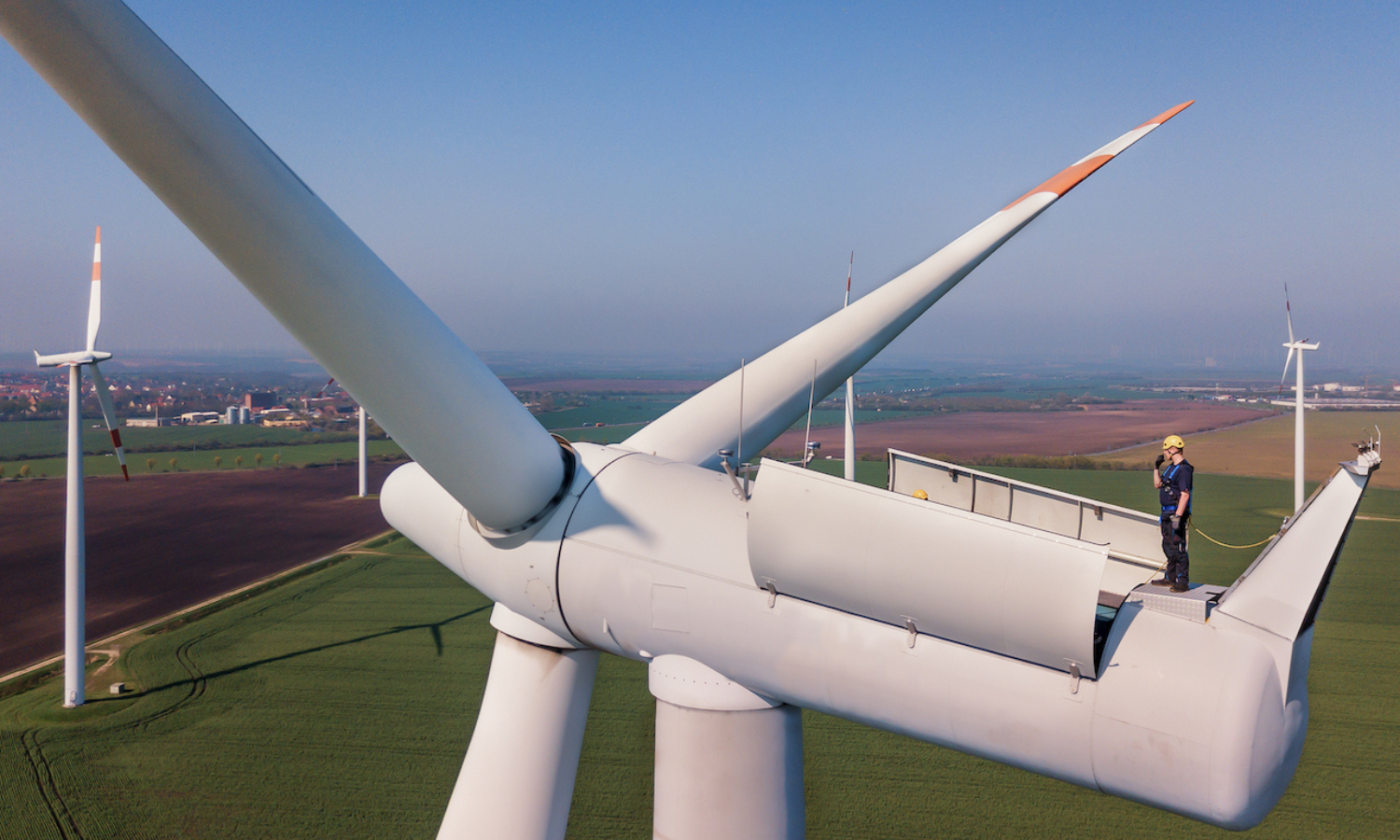Predictive maintenance has become increasingly popular as a way to optimize the performance of electric motors and generators, and ensure their longevity. In this article, we will discuss the concept of predictive maintenance, why it's essential, and how it compares to preventive maintenance. We will also delve into the key components of electric motors and generators, explore monitoring techniques for predictive maintenance, and highlight the steps necessary for implementing a predictive maintenance program.
Understanding predictive maintenance
Predictive maintenance is a proactive approach to equipment maintenance, which uses real-time data to anticipate and address potential problems before they become catastrophic failures. This maintenance strategy aims to optimize the machine's performance, minimize unplanned downtime, and reduce overall maintenance costs. Turning that big data into useful information into intelligence that can help you to make further decisions.
While traditional maintenance methods, such as reactive and preventive maintenance, have been used for decades, predictive maintenance has gained popularity in recent years due to advancements in technology and data analysis. By leveraging the power of real-time data, predictive maintenance allows operators to make informed decisions and take corrective actions before equipment failure occurs.
The importance of predictive maintenance
Implementing a predictive maintenance program offers several key benefits, including increased operational efficiency, reduced maintenance costs, and improved equipment reliability. By anticipating potential issues and addressing them preemptively, predictive maintenance helps operators avoid unexpected downtime, prolong the lifespan of equipment, and maintain optimal performance. Additionally, this proactive approach can result in a safer work environment, as unexpected failures in critical equipment can lead to hazardous conditions.
Furthermore, predictive maintenance can help organizations move away from traditional time-based maintenance schedules, which can be inefficient and costly. Instead, maintenance can be performed based on the actual condition of the equipment, resulting in a more targeted and cost-effective approach.
How predictive maintenance works
Predictive maintenance relies on various monitoring techniques and tools to collect real-time data on equipment performance. This data is then analyzed to identify patterns and trends, which can help maintenance technicians pinpoint potential issues and make informed decisions regarding necessary repairs or adjustments. As a result, maintenance schedules are optimized based on the actual condition of the equipment rather than a predetermined maintenance interval.
Predictive maintenance vs. preventive maintenance
While both predictive and preventive maintenance are proactive strategies, they differ significantly in terms of their approach and methods. Preventive maintenance is a time-based approach, primarily focusing on performing maintenance tasks at predetermined intervals, regardless of the equipment's actual condition. In contrast, predictive maintenance uses real-time data analysis to identify potential issues and only schedules maintenance when necessary. This data-driven approach often results in more efficient and cost-effective maintenance programs.
Additionally, predictive maintenance allows for more targeted maintenance, as technicians can focus on specific equipment components that are showing signs of wear or potential failure. This targeted approach can result in less downtime and lower maintenance costs, as maintenance is only performed when necessary.
In conclusion, predictive maintenance is a powerful tool for organizations looking to optimize equipment performance, reduce maintenance costs, and improve reliability. By leveraging real-time data and advanced analytics, operators can take a proactive approach to maintenance, avoiding unexpected downtime and ensuring a safer work environment.
Key components of electric motors and generators
Electric motors and generators have many parts that work in conjunction to achieve their desired functions. Understanding the fundamental components of these devices is crucial when implementing a predictive maintenance strategy, as it helps identify common failure points and potential areas requiring attention.
Electric motor components
The main parts of an electric motor include the stator, rotor, bearings, and windings. The stator is the stationary part of the motor and houses the windings. The rotor is the rotating part, which interacts with the stator's magnetic field to produce mechanical force. Bearings are used to support the rotor and minimize friction, while the windings carry current to generate a magnetic field. One of the common issues with electric motors includes bearing wear and failure, which can result in significant damage if not addressed promptly.
In addition to the main components, electric motors may also have auxiliary components such as fans, cooling systems, and enclosures. Fans are used to cool the motor and prevent overheating, while enclosures protect the motor from external factors such as moisture and dust. The type and size of the motor will determine the necessary auxiliary components.
Generator components
Generators consist of a similar configuration as electric motors, with a few additional components. Key parts include the stator, rotor, bearings, windings, and a prime mover (such as an engine or turbine) that drives the generator. The prime mover supplies mechanical power to the generator to create electrical energy. As with electric motors, common generator failure points include wear and failure of bearings and winding-related problems, such as insulation failure or overheating.
Generators may also have additional components such as voltage regulators, control panels, and cooling systems. Voltage regulators are used to maintain a constant output voltage, while control panels allow for monitoring and adjustment of the generator's performance. Cooling systems are necessary to prevent overheating and ensure efficient operation.
Common failure points
Both electric motors and generators are subject to various failure points, many of which can be identified through predictive maintenance. These include issues with bearings, windings, and rotor balance. Detecting these issues early can help avoid catastrophic equipment failure, costly downtime, and further damage to other components.
Other common failure points for electric motors include problems with the power supply, such as voltage spikes or drops, and issues with the motor's insulation. For generators, problems with the prime mover, such as fuel supply issues or mechanical problems, can also lead to failure.
Regular maintenance and inspection can help prevent these failure points and extend the lifespan of electric motors and generators. This includes checking for proper lubrication, monitoring temperature and vibration levels, and performing regular testing of the electrical components.
Monitoring techniques for predictive maintenance
Different monitoring techniques are employed for effective predictive maintenance, offering valuable insights into the health of electric motors and generators. By utilizing these techniques, maintenance teams can gather data to identify potential issues, optimize maintenance processes, and prolong equipment lifespan. In this article, we will delve deeper into these monitoring techniques and their importance in ensuring the longevity of electric motors and generators.
Motor current signature analysis
Motor current signature analysis monitors the electrical current in motor windings to detect issues such as rotor bar defects, eccentricity, or problems with the stator windings. By analyzing the motor's performance characteristics and electrical signature, potential issues can be identified and addressed proactively to prevent damages to the motor or generator.
Conventional MCSA is limited in its analysis capability because the motor current is not only affected by the phenomena within the motor and driven equipment system, it is also affected by the voltage applied. A voltage waveform that is not pure sinusoid, may be distorted, will result in a current waveform that will likely be distorted in some way from being a pure sinusoid. Such distortions are very common, particularly when dealing with equipment driven by an inverter. These distortions may not indicate any problem with the electric motor or the equipment, they are purely caused by the distorted voltage input.
Conventional MCSA is limited is unable to distinguish between the distortions caused by the voltage waveform and faults that are genuine indication of developing equipment.
Solution is Model Based MCSA or Model Based Voltage and Current Analysis (MBVI)
MBVI is a combination of voltage and current dynamic waveforms, together with learned model for motor anomaly detection. Model fault detection is based on learned, physics-based motor model, where constants in the model are calculated from real-time data.
Implementing a predictive maintenance program
Implementing an effective predictive maintenance program for your electric motors and generators can result in significant cost savings, increased reliability, and improved performance. Here are some essential steps to follow when developing a predictive maintenance strategy:
Assessing your current maintenance strategy
Before implementing a predictive maintenance program, it's important to review your current maintenance strategy and identify areas of improvement. Determine the effectiveness of your existing maintenance program and consider whether a shift to a more data-driven approach would result in cost savings and increased equipment reliability.
Identifying critical assets
Focus on identifying the most critical assets in your facility that would benefit from predictive maintenance. These assets are likely those with significant impact on production and operational efficiency, costly to repair or replace, or prone to frequent failures.

